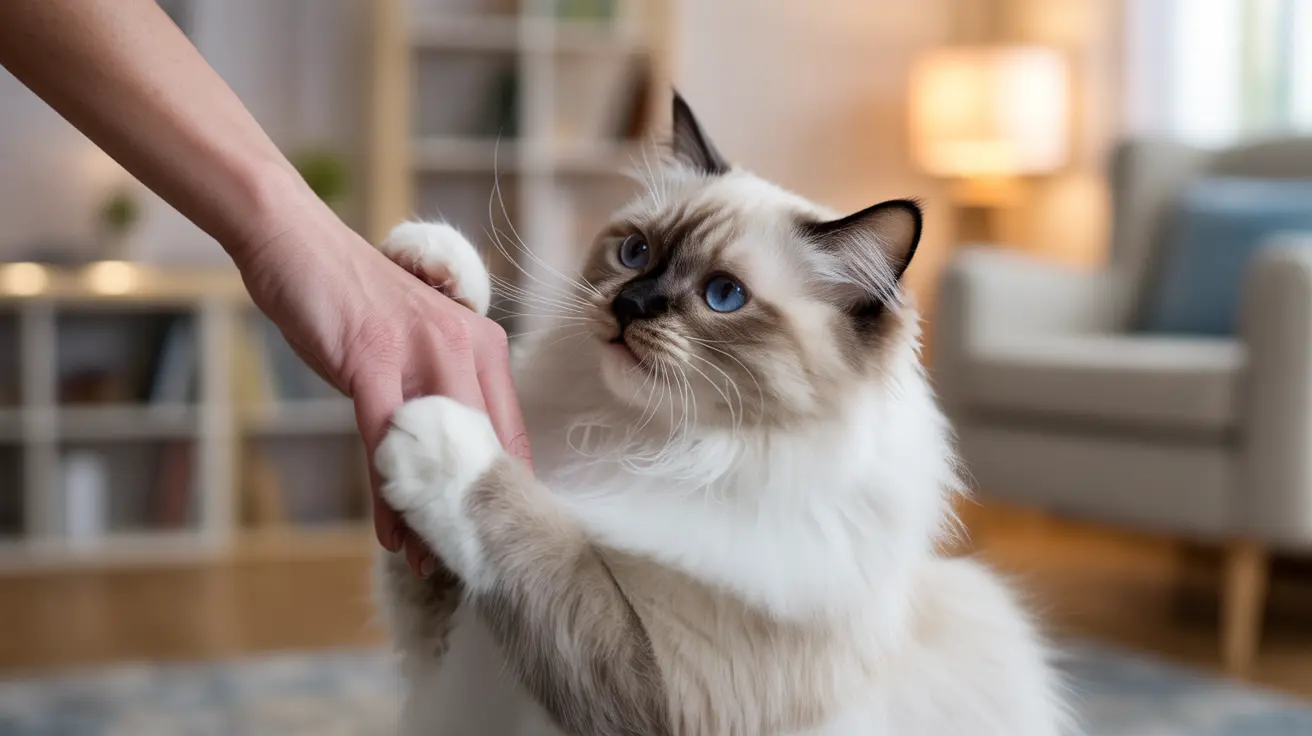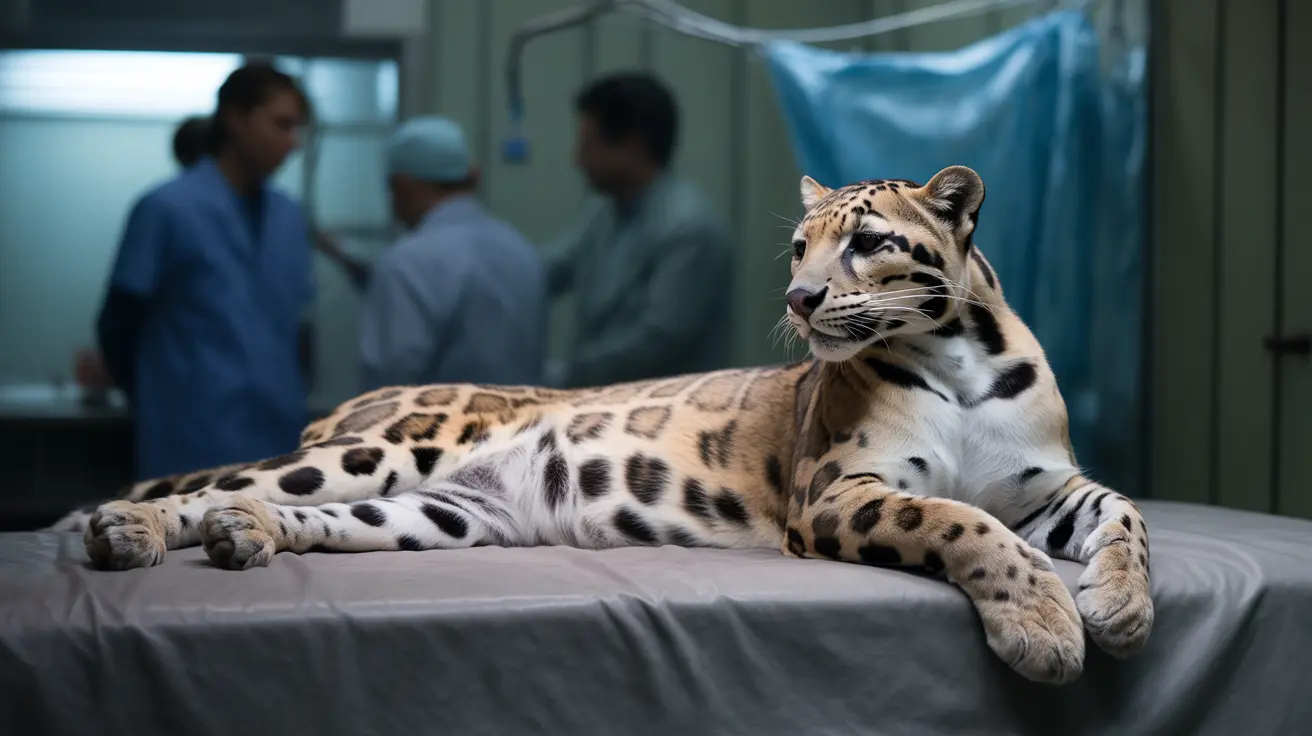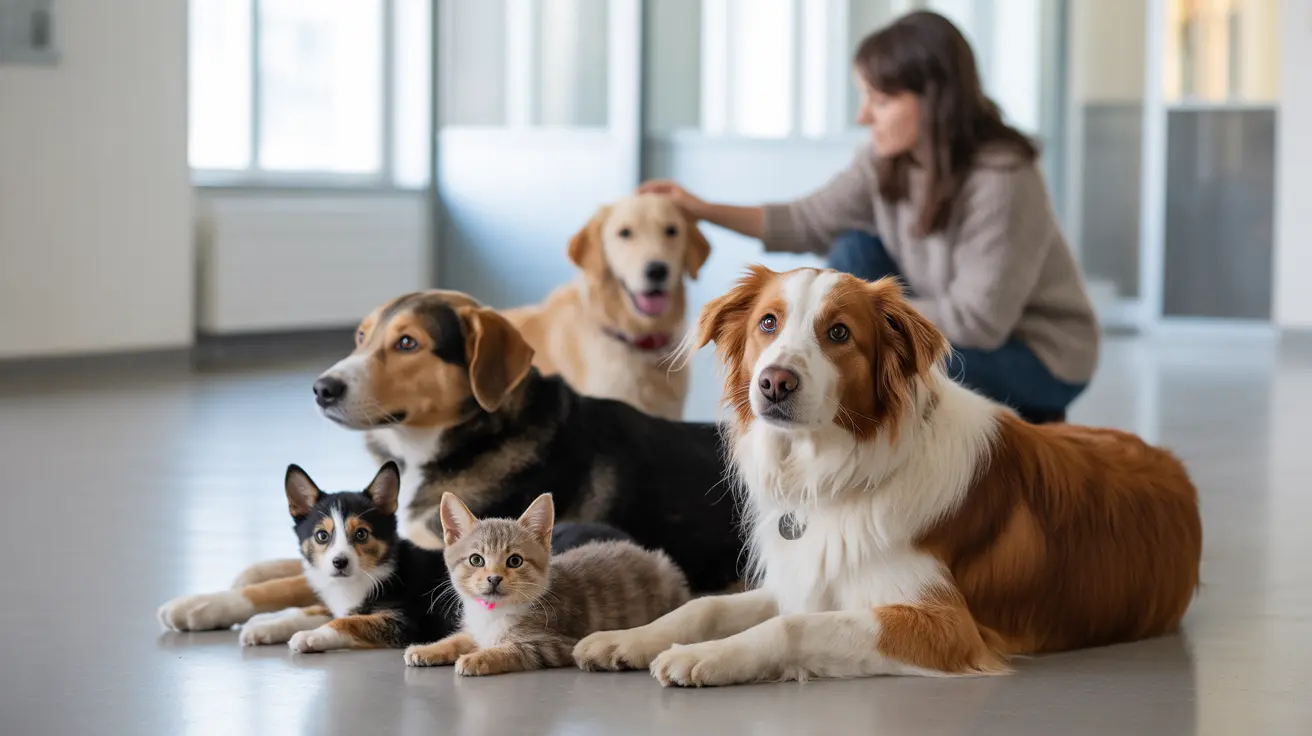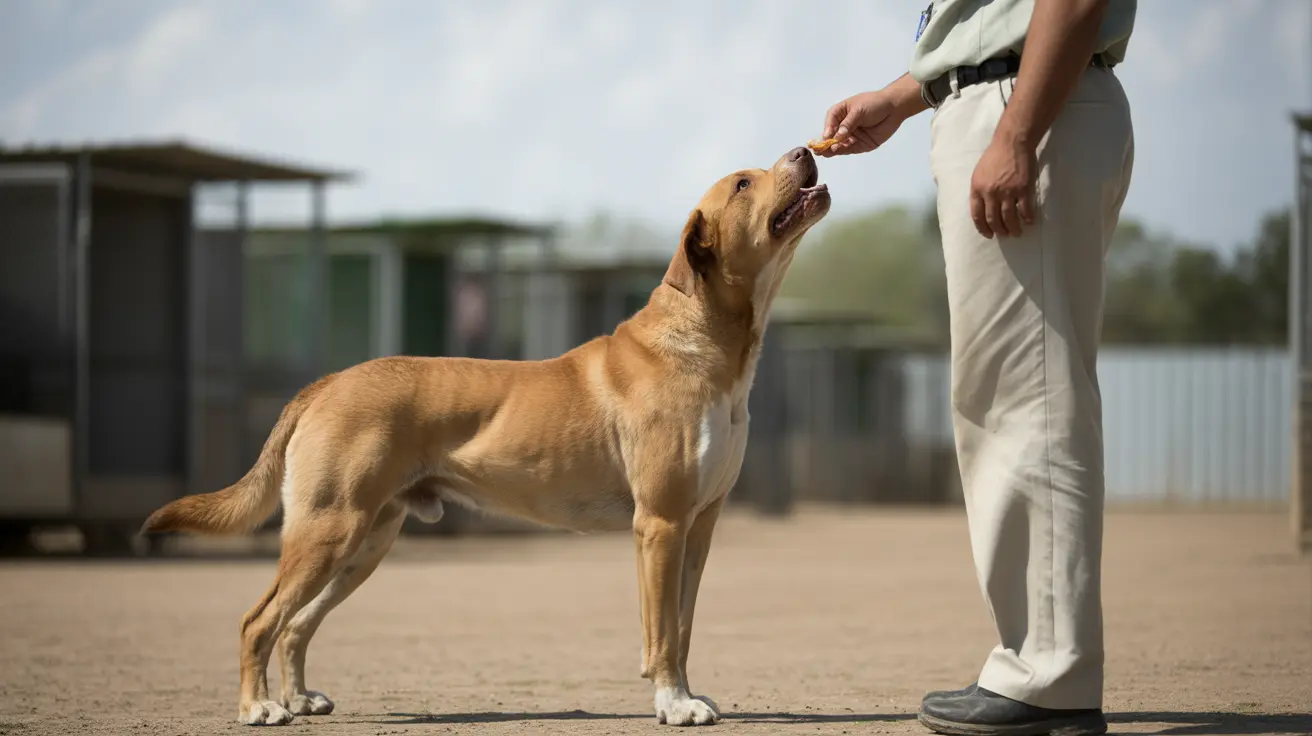While cats don't experience guilt or remorse in the same way humans do, they have developed fascinating ways to restore harmony after conflicts. Understanding how cats "apologize" can help strengthen the bond between felines and their human companions. Let's explore the science behind these peace-making behaviors and learn to recognize when your cat is trying to make amends.
The Science Behind Cat Apologies
Research shows that cats don't actually feel guilt or understand the concept of apologizing. Instead, they respond to changes in their environment and their owner's emotional state, using instinctive behaviors to rebuild trust and maintain social bonds.
These behaviors are deeply rooted in their evolutionary history as both predators and social animals, leading to a complex system of non-verbal communication designed to maintain group harmony.
Common Signs Your Cat Is Making Amends
Physical Contact and Body Language
When cats want to restore peace, they often employ several distinctive physical behaviors:
- Head bunting or rubbing against you
- Slow blinking (often called "cat kisses")
- Presenting their belly (a sign of trust)
- Approaching with a raised tail and relaxed posture
Vocal Communications
Cats may also use specific vocalizations to signal their desire to reconnect:
- Soft, gentle meowing
- Purring when approaching
- Chirping or trilling sounds
The Role of Scent Marking
Cats often use scent marking as a way to reestablish positive connections. When your cat rubs against you after a conflict, they're not just showing affection – they're also marking you with their scent, which helps create a sense of familiarity and security.
How to Respond to Your Cat's Peace Offerings
When your cat displays these reconciliatory behaviors, it's important to respond appropriately:
- Maintain calm, gentle body language
- Avoid sudden movements or loud noises
- Offer gentle pets if your cat seems receptive
- Use soft, reassuring tones when speaking
Creating a Positive Environment for Reconciliation
To help your cat feel secure enough to initiate peace-making behaviors:
- Provide quiet spaces where they can retreat
- Maintain consistent daily routines
- Use positive reinforcement rather than punishment
- Respect their personal space and boundaries
Frequently Asked Questions
How do cats show they are sorry after upsetting their owners?
Cats show reconciliatory behavior through physical contact like head bunting, gentle rubbing, and slow blinking. They may also seek closer proximity and offer more affectionate behavior than usual.
What are common cat behaviors that mean they want to make amends?
Common peace-making behaviors include purring, bringing toys or gifts, following their owner around, and displaying submissive body language like avoiding direct eye contact.
Why do cats avoid eye contact or lower their heads when they want forgiveness?
This is a submissive gesture that communicates non-aggression and a desire to reduce tension. It's part of their natural social communication system, not an expression of guilt.
How can I tell if my cat is ready to reconnect after a conflict?
Look for relaxed body language, an upright tail with a slight curve, friendly vocalizations, and voluntary approaches. These signals indicate your cat feels safe and ready to interact positively.
Do all cats apologize the same way, or does it vary by breed and personality?
While the basic behaviors are similar across all cats, individual personalities and past experiences significantly influence how each cat approaches reconciliation. Some may be more demonstrative, while others might be more subtle in their peace-making attempts.
Conclusion
Understanding how cats attempt to restore harmony after conflicts helps build stronger bonds between pets and their owners. While they may not apologize in the human sense, their efforts to rebuild trust and maintain social connections demonstrate the depth of the human-cat relationship.






